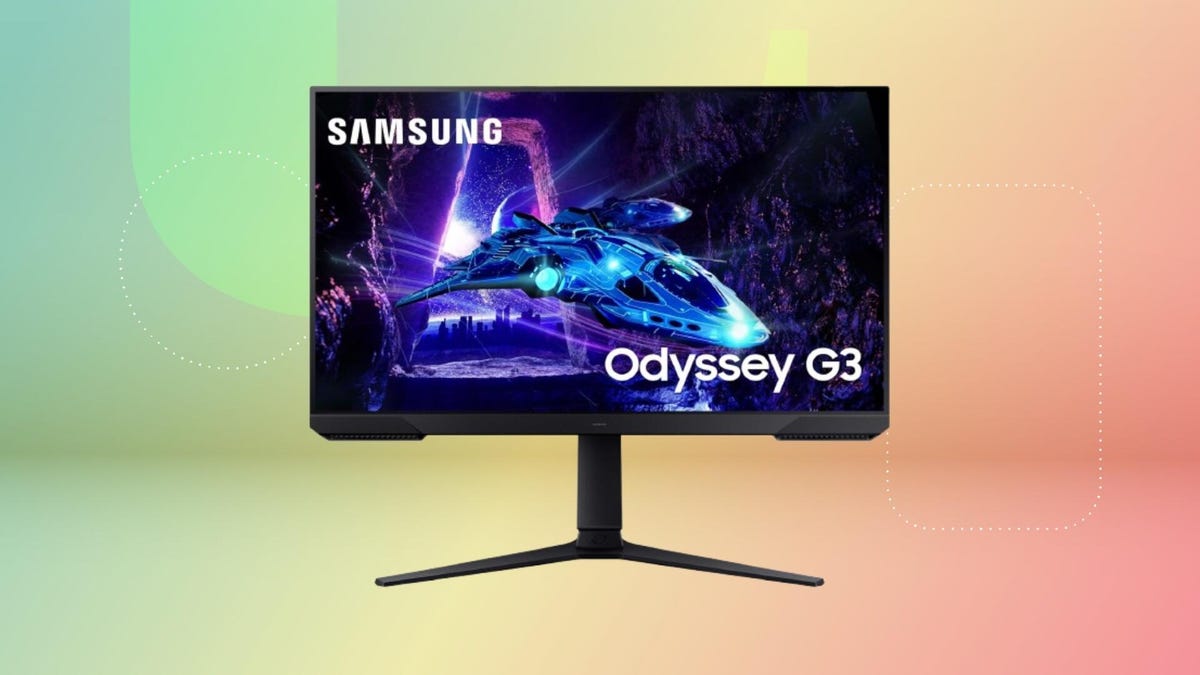Compared with standard intensive speech and language therapy (iSLT) alone, right-sided cervical C7 neurotomy combined with iSLT significantly improved language function in patients with chronic aphasia after left hemisphere stroke in a randomized controlled trial conducted in China.
Compared with patients who received iSLT alone, patients who received the combined treatment showed statistically significant improvements across all measured outcomes, including naming ability, functional language scores, quality of life, and post-stroke depression, with no severe adverse events.
The results of the study, with first author Juntao Feng, MD, PhD, Fudan University, Shanghai, China, were published online on June 25 in The BMJ.
A Challenging Condition
Chronic aphasia affects more than 60% of stroke survivors beyond the first year, impairing communication and reducing independence. While iSLT remains the standard intervention, its effect is often modest and no adjunct treatment has consistently delivered sustained benefit.
Recent anecdotal findings from C7 nerve transfer surgeries for spastic arm paralysis have hinted at coincidental improvements in language, particularly naming, prompting exploration of targeted neurotomy for chronic aphasia treatment.
Feng and colleagues enrolled 50 patients, aged 40-65 years, with aphasia for more than 1 year after a stroke affecting the left side of the brain, which is responsible for language. Most of the patients also had coexisting spasticity of the right arm.
Half were randomized to right C7 neurotomy at the intervertebral foramen followed by 3 weeks of iSLT and half to iSLT alone.
The primary endpoint was change on the 60-item Boston Naming Test (BNT, scores 0-60, with higher scores indicating better naming ability). BNT assessments occurred at baseline, 3 days, 1 month, and 6 months.
At 1 month, the average increase in BNT score was 11.16 points in the neurotomy plus iSLT group vs 2.72 points in the iSLT-only group — a significant 8.51-point difference (P < .001).
The difference favoring neurotomy add-on remained robust at 6 months (8.26-point difference; P < .001).
Of note, improvement in naming deficits — which are among the most resistant to therapy — were detectable within 3 days after surgery, before iSLT started, suggesting an immediate neuromodulatory effect of the neurotomy itself, the researchers said.
“It could be speculated that neurotomy of the seventh cervical nerve triggered changes in plasticity of the brain regions responsible for language,” they wrote.
Neurotomy was also associated with significant improvement in aphasia severity (difference at 1 month of 7.06 points on the aphasia quotient; P < .001), as well as patient-reported activity of daily life and post-stroke depression.
No major complications or long-term adverse effects were reported. Adverse events that were related to C7 neurotomy included transient neuropathic pain, decreased sensory and motor function in the right upper limb, and minor blood pressure elevations occurred in some patients, but resolved within 2 months post-surgery. No adverse events were noted at 6-month follow-up.
The investigators noted that the study population was limited to relatively young Mandarin-speaking Chinese patients treated at four urban centers, raising questions about generalizability. Additionally, follow-up was limited to 6 months.
The study team plans to follow the participants for 5 years and explore applicability in broader, international cohorts.
Based on their results, they concluded that right C7 neurotomy at the intervertebral foramen plus iSLT is “superior” to iSLT alone for chronic post-stroke aphasia and “could be considered an evidence-based intervention for patients aged 40-65 years with aphasia for more than 1 year after stroke.”
‘Provocative’ Research
Commenting on the study for Medscape Medical News, Larry B. Goldstein, MD, chair of the Department of Neurology and codirector of the Kentucky Neuroscience Institute at the University of Kentucky, Lexington, Kentucky, called the study results “interesting and provocative.”
“Caveats are that the participants were predominately men (80%), young (about 52 years; much younger than most stroke patients), and a high proportion had brain hemorrhages (about half; in general only 15% of strokes are from bleeding),” Goldstein noted.
“The participants’ primary language was Chinese, and there was no control for medications they might have been receiving that could affect brain function. Additionally, both the participants and the therapists were aware of the treatment group (although the assessors were unaware of group assignment),” Goldstein pointed out.
“With those limitations in mind, the reported data suggests the potential viability of the approach. It will need to be assessed in a more typical population of patients (ie, older, a higher proportion of women, a higher proportion of ischemic stroke), account for medication use, blind therapists to treatment group, and involve participants speaking other languages,” Goldstein told Medscape Medical News.
The author of a linked editorial said the study is “an interesting step forward with room to explore further.”
“Although intensive SLT remains the cornerstone of aphasia treatment, C7 neurotomy could become a potential adjunctive option for carefully selected individuals in the future,” wrote Supattana Chatromyen, MD, with the Neurological Institute of Thailand, Bangkok, Thailand.
“This research should spark further scientific research and a critical re-evaluation of rehabilitation paradigms and policies for chronic stroke care, fostering a more optimistic and proactive approach to long-term recovery,” Chatromyen concluded.
This study had no commercial funding. Feng, Goldstein, and Chatromyen had no relevant conflicts of interest.












